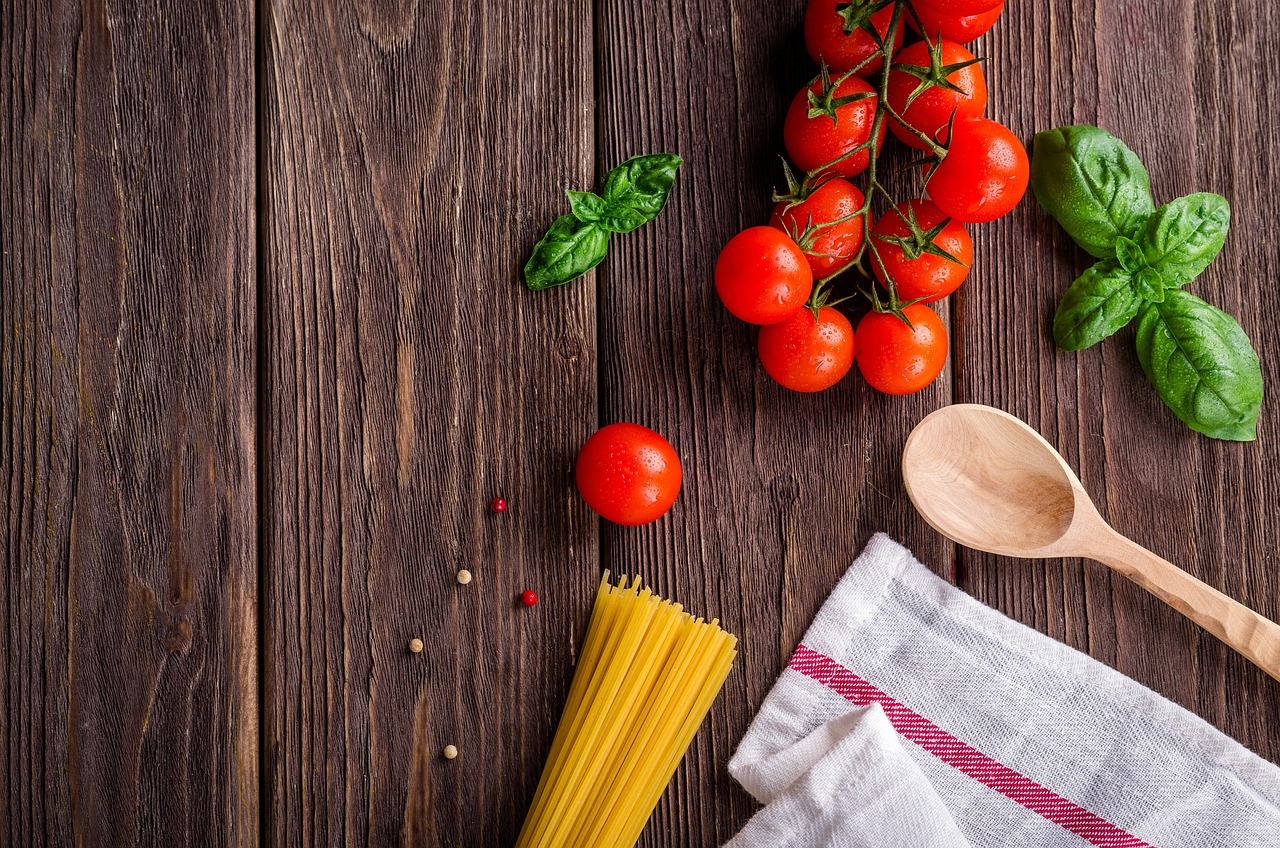Exploring the Role of Blockchain in Food Traceability
Food traceability is the ability to track the journey of a product through the different stages of the supply chain. This includes identifying where the food was grown or produced, how it was processed, and where it was distributed. By tracing the path of food products, stakeholders are able to increase transparency and accountability within the food industry.
The main purpose of food traceability is to ensure food safety and quality, as well as to respond quickly in case of a foodborne illness outbreak. Traceability systems allow for the rapid identification and removal of contaminated products from the market, protecting public health. Additionally, traceability can help in preventing food fraud and ensuring compliance with food regulations and standards.
How Blockchain Technology Works
Blockchain technology operates on a decentralized digital ledger where transactions are recorded in a series of blocks. Each block contains data, a timestamp, and a unique cryptographic hash of the previous block, forming a chain of blocks hence the name blockchain. This process ensures the security and transparency of data as each block is linked to the one before and after it, making it difficult to alter information without detection.
When a new transaction occurs, it is verified by network participants known as nodes through a consensus mechanism. Once approved, the transaction is added to a block and appended to the existing blockchain. This consensus mechanism, often achieved through processes like proof of work or proof of stake, helps maintain the integrity of the system by preventing fraudulent activities and ensuring that all transactions are valid. By leveraging blockchain technology, businesses can enhance trust, efficiency, and traceability in various sectors, including food supply chains.
The Benefits of Using Blockchain in Food Traceability
Blockchain technology offers numerous advantages when applied to food traceability processes. One key benefit is the enhanced transparency it provides across the entire supply chain. By recording every transaction in a secure, decentralized ledger, stakeholders can easily track the journey of a food product from farm to table. This increased transparency helps build consumer trust in the food industry and ensures greater accountability among all parties involved.
Another advantage of using blockchain in food traceability is the improved efficiency in detecting and dealing with food safety issues. With real-time data access and immutable records, potential contamination or other risks can be quickly identified, contained, and addressed. This swift response not only safeguards public health but also minimizes the financial losses and reputational damage that often result from food safety incidents.
What is food traceability?
Food traceability is the ability to track the journey of a food product all the way from its origin to the consumer.
How does blockchain technology work in food traceability?
Blockchain technology creates a decentralized and secure digital ledger that records all transactions and information related to a food product, allowing for transparency and trust in the supply chain.
What are the benefits of using blockchain in food traceability?
Some benefits include increased transparency, improved food safety, reduced fraud and counterfeiting, enhanced trust between stakeholders, and faster and more efficient recalls in case of foodborne illnesses.
How can blockchain technology help prevent food fraud?
Blockchain technology can help prevent food fraud by providing a tamper-proof record of a food product’s journey from farm to table, making it easier to identify and eliminate counterfeit or substandard products from the supply chain.
Is blockchain technology expensive to implement in food traceability?
While there may be initial costs associated with implementing blockchain technology in food traceability, the long-term benefits in terms of improved efficiency, reduced costs, and increased consumer trust make it a worthwhile investment for many food companies.







